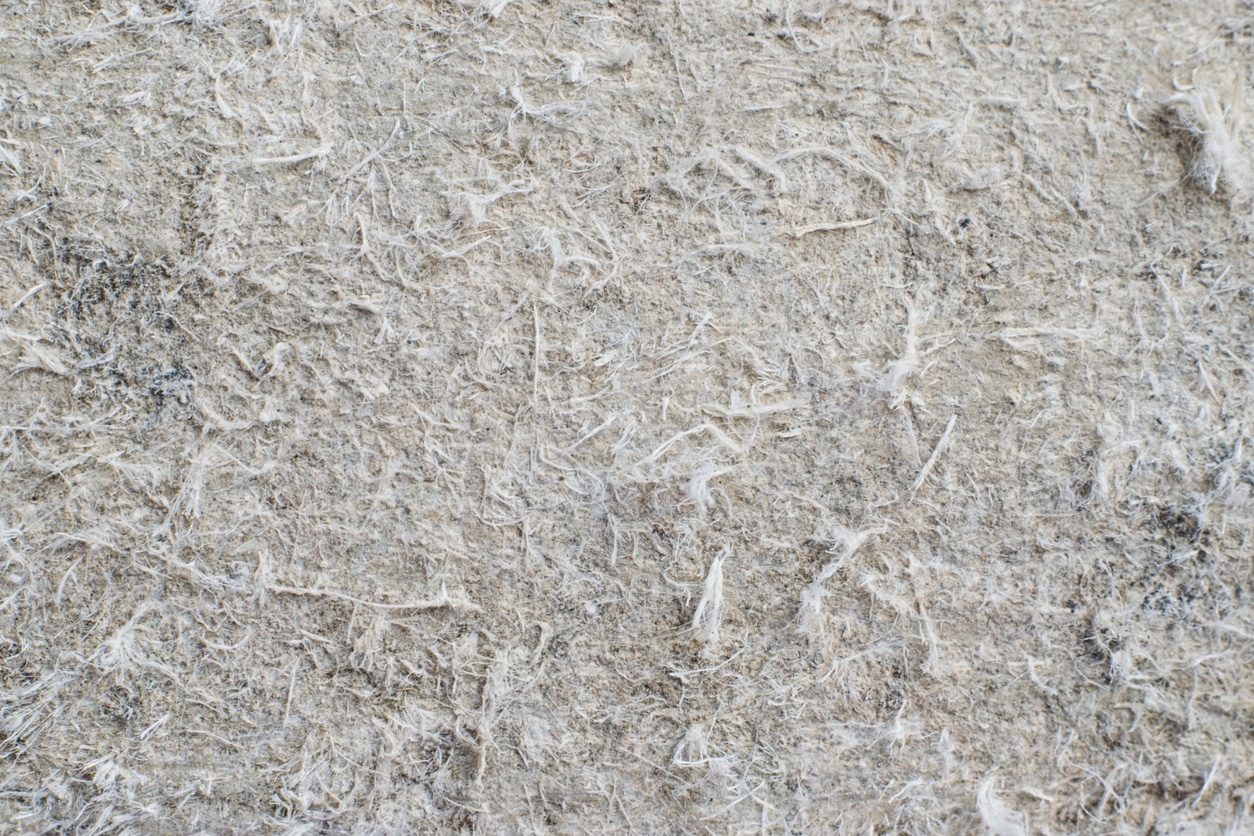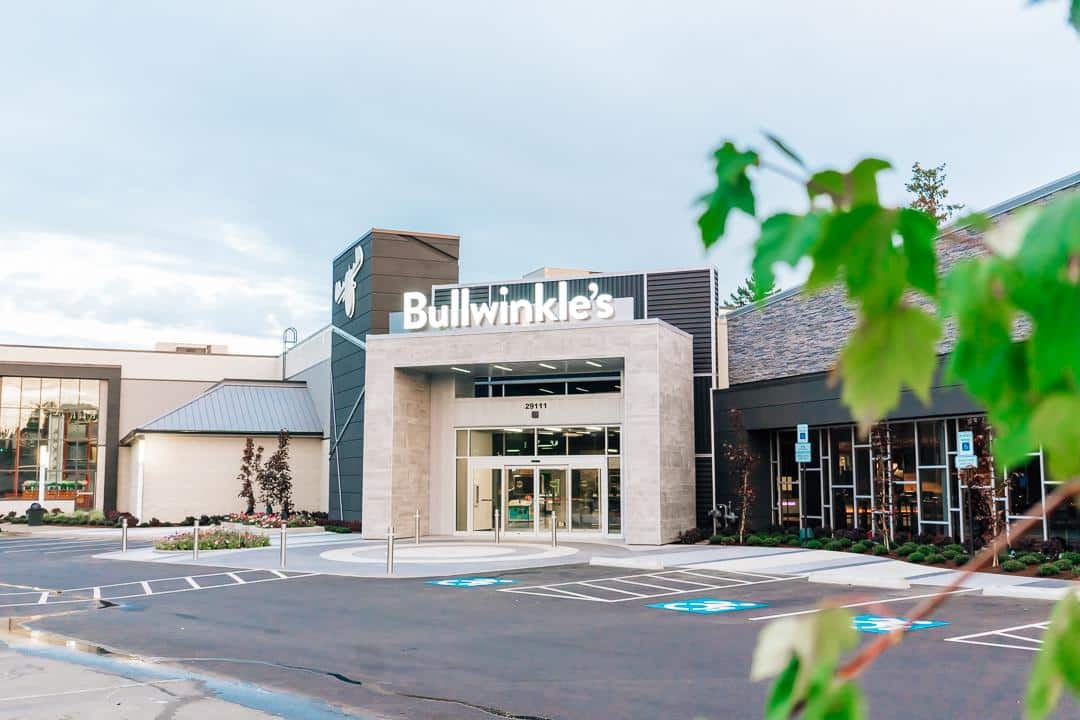How to Test for Asbestos – Portland Home Guide

Most of us think of our homes a safe space. However, there are multiple toxic hazards that could be present in Portland homes both old and new. These include radon, improperly decommissioned oil tanks, lead and the once-popular fire-resistant building material, asbestos.
As Portland real estate agents, we consider it our duty not just to sell homes, but to provide buyers and sellers with accurate and up-to-date information about what hazards they might hold. That’s why we’ve dedicated regular blog posts to discussing how to test for and deal with the hazards common to Portland homes. And asbestos is a big one! Read on for asbestos information and resources before you buy or sell a home in 2020.
Asbestos Basics for Homeowners
Let’s start with the good news: Asbestos is a naturally occurring mineral that poses little risk if left undisturbed. Okay, the bad news: If you’re undertaking a remodeling project in a home built prior to 1990s, there’s a chance you’ll encounter some asbestos along the way.
Asbestos-containing materials are divided into two categories: Friable and non-friable. Friable materials easily crumble and the fibers can become airborne, posing a health threat if inhaled. Asbestos fibers can cause lung cancer as well as other forms of cancer (known as mesothelioma). They also contribute to other common health conditions such as COPD.
According to the Oregon Department of Environmental Quality, there is no “safe” level of exposure to asbestos. And the Mesothelioma Justice Network states that when asbestos fibers are inhaled, they never leave the body. If even a tiny bit of asbestos becomes airborne in your home, you should treat it as a hazard site and immediately begin the remediation process, which could involve hiring a contractor that specializes in asbestos cleanup.
Asbestos is still used in building products in 2020!
Prior to 1970, when studies found that exposure to asbestos posed a major health risk, asbestos was widely used as a building material because of its durability and resistance to heat and fire. Even after the health risks were confirmed, use of asbestos in non-friable building materials didn’t stop, it only slowed down. Still today, there are building materials (as well as materials used in certain vehicle components, such as brake pads) that contain asbestos.
The best way to determine if your home contains asbestos is to hire an accredited inspector to perform an asbestos survey. However, homeowners can also locate materials that are more likely to contain asbestos and perform a test using a kit. We’ll get into the details about asbestos testing, but first, let’s go over the common materials found in Portland homes that could contain asbestos.
Common Home Materials Containing Asbestos
According to the DEQ, there are two types of asbestos-containing materials. The most hazardous is a friable material that can crumble easily — popcorn ceiling is the asbestos-containing friable material most people know about already. A non-friable material is one that is held together by some kind of binder and is usually pliable, such as vinyl flooring. However, even non-friable materials can pose an asbestos hazard if they become brittle and fragmented, or are sanded or ground up in the remodeling process.
Here are some common culprits for asbestos in Portland homes (not a complete list):
- Acoustic ceiling tiles, aka “popcorn ceiling”
- Certain types of insulation such as vermiculite or sponge/foam blocks (not fiberglass, or cellulose/spray foam)
- Cement siding
- Sink undercoating (sprayed on)
- Textured (and some non-textured) coatings sprayed onto walls, ceilings and pipes
- Sheet vinyl flooring
- Mastic
- Wallboards and joint compounds between them
- Roof tiles, shingles and flashing
Be sure to check the official Oregon DEQ list of potential asbestos-containing materials because there are many more that we don’t have the space to list here!
Should you leave some asbestos materials in place?
Maybe. The DEQ recommends not disturbing some materials, even if you suspect they contain asbestos. They are much safer where they are, assuming you can continue to not disturb them (ie, not remodeling)! In some cases, you can purchase a spray to coat the material and seal it off so that it doesn’t present a hazard down the road.
How to Test Your Home for Asbestos
The only way to know if a material contains asbestos is to have it analyzed in a lab. It’s important to test materials before you disturb them if you have even a remote suspicion could contain asbestos. In other words, if it’s not wood, ceramic or other material that you’re 100% certain about, and the home was built before 2004, assume it could contain asbestos.
The DEQ highly recommends an accredited asbestos inspector be the one to take samples and test these materials. However, Oregon law does permit homeowners to take samples themselves if:
1. They own the home and
2. They currently live in the home
Before you begin, ensure that you’re the only one in the room where you are taking samples, to avoid exposing others. Wear a mask, goggles and clothing that you can easily remove to be washed, such as coveralls. Cover shoes as well.
Then, follow the DEQ-recommended procedure to take a sample:
- Take a spray bottle and wet down the material well. This reduces the number of fibers that could become airborne.
- Choose your sample site carefully to disturb as little material as possible. A 2” x 2” sample is adequate.
- Immediately place the sample into your clean, air-tight container or zip-lock bag. Don’t combine samples of different materials into the same container.
- Label the container right away. Then clean up the site with a damp paper towel, checking the wall, floor and other surfaces for fibers.
The last step is to drop off the sample at a certified lab for testing. There are several in Portland to choose from. Or, mail your sample to any of the other labs on the DEQ list.
Do I need to buy an asbestos testing kit?
Not necessarily. There is no “at home” test — only a way to collect samples and send them to a lab. Kits sold at home improvement stores, Amazon, etc. are simply a list of instructions (which we’ve provided above) and a clean sample container. Our recommendation, if you’re not hiring an asbestos inspector, is to collect your own sample and bring it to a local lab, checking their website first for fees and turnaround time.


